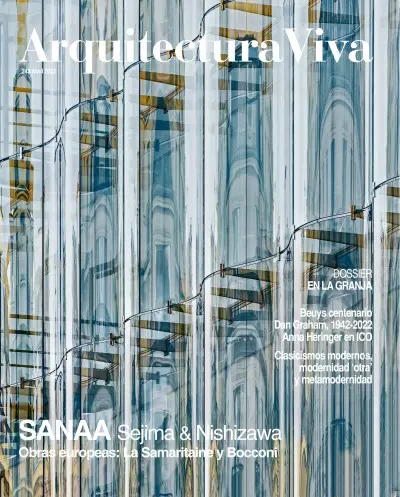

(Tokyo, 1966)

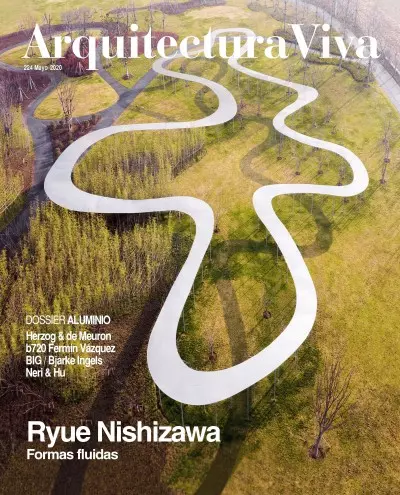
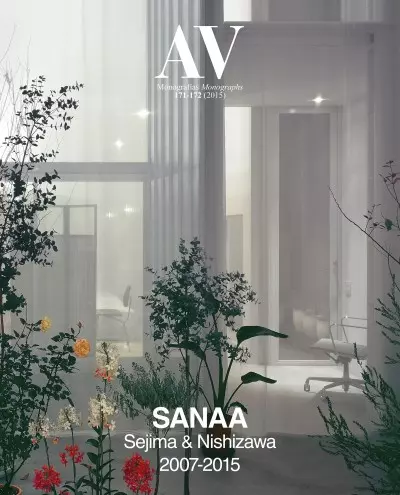
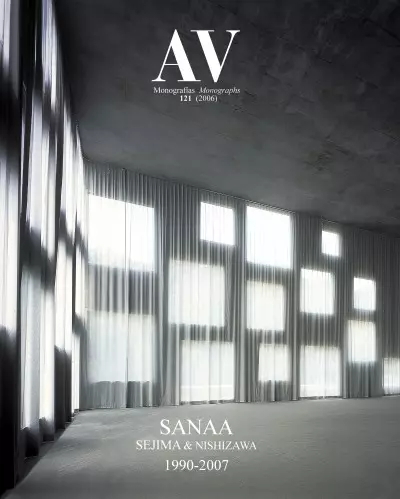

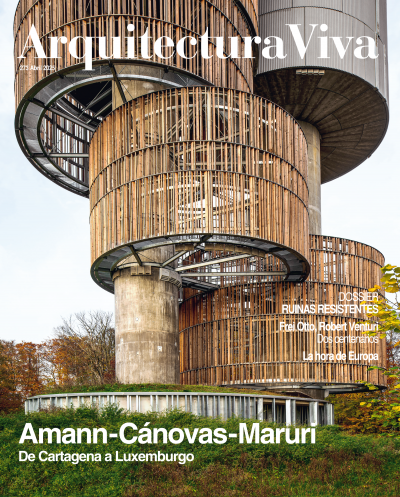
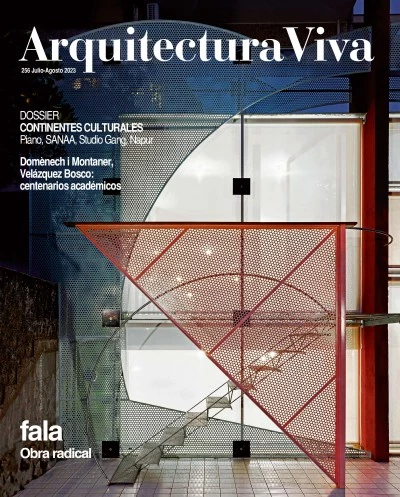
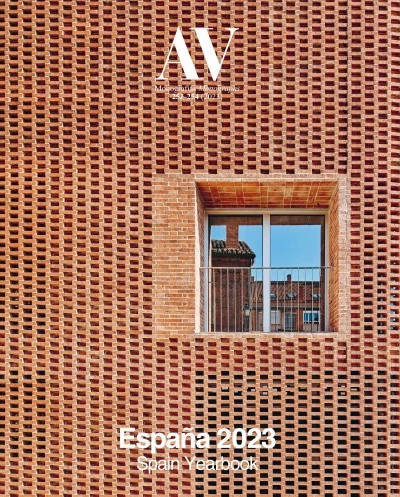
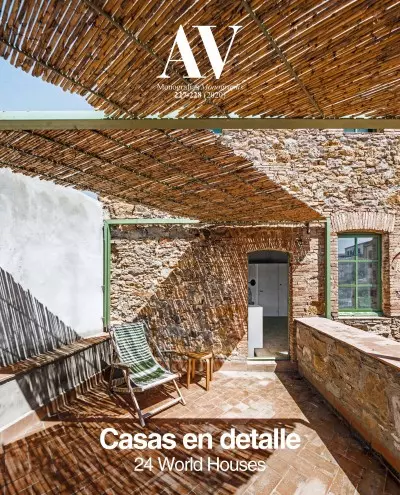


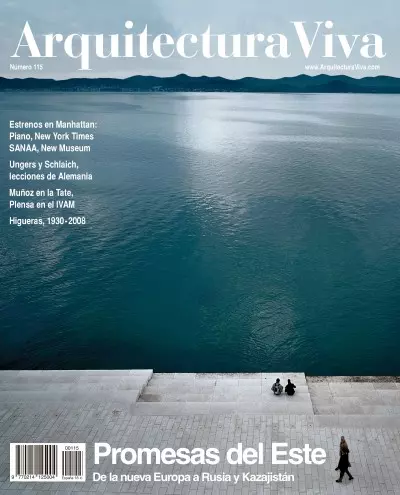

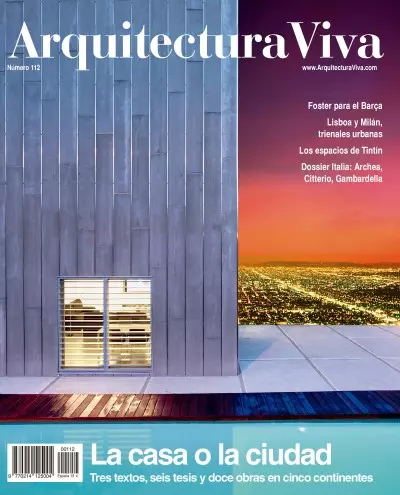










The Victorian building of one of the country’s principal art institutions has now been enlarged with a cluster of interconnected pavilions that go about adapting to the topography of the site.
The new campus of the Bezalel Academy of Arts and Design sits atop a hill in Jerusalem’s Russian Compound, one of the oldest neighborhoods in the city center. The school’s traditionally separate nine departments contain studios, classrooms, workshops
The Japanese firm SANAA – Kazuyo Sejima and Ryue Nishizawa – has been commissioned to build a campus for the Italian supermarket chain Esselunga. The site is is an abandoned industrial zone in Limito di Pioltello (Milan), where the company’s administ
The Garage, Moscow’s most important contemporary art center, has unveiled the Japanese firm SANAA’s scheme to expand its facilities: the reconstruction of the Hexagon, a ruined 1920s construction beside the museum in Gorky Park. The Garage, which ope
Fifteen years and 280 French companies have taken part in the reconstruction, reshaping, and renovation of La Samaritaine in Paris. The history of this department store dates back to 1870, when Ernest Cognacq opened at the junction of Pont-Neuf and M
A result of the international call for ideas convened by Bocconi University to extend its facilities in Milan, the project for the new campus sits on grounds located south of the current university campus, between a park and the urban environment clo
The Japanese firm SANAA, founded by Kazuyo Sejima and Ryue Nishizawa, has won the competition to build the Maritime Museum in the Dapeng area of the city of Shenzhen. Its scheme, titled ‘The Cloud on the Ocean,’ was one of 88 entries that came from 2
Yuzi Paradise is envisioned as a vacation resort in the midst of twenty-two mountains that make up the singular landscape of Guilin. The site extends over 540 hectares of undeveloped land which already has the ideal natural features to become a parad
New images have been released of the currently-under-construction Sydney Modern Project of SANAA, the joint practice of Kazuyo Sejima and Ryue Nishizawa. This is the Japanese firm's first work in Australia and completion is programmed for 2022. The f
A large roof with expressive gables and a small inner courtyard serve to form the various spaces of this single-level residence located along Tokyo’s metropolitan beltway. Sculpted by the big roof of laminated timber that rests on pillars of steel, t
Spreading like a membrane of concrete that evokes the form of a wave, the house seeks to engage in dialogue, through contrast and metaphor, with the powerful context of the location. The residence is part of an initiative taken in the wake of Chile’s
Jining, a city in China’s Shandong province, is home to this museum by the Japanese architect Ryue Nishizawa – co-founder, with Kazuyo Sejima, of the firm SANAA. The sinuous one-level volumes blur their boundaries between interior and exterior throug
Rising on the site where the former cultural center used to stand, the new building seeks to blend in the context of wood houses of the historic center; the fragmentation of the roof manages to reduce the visual impact of the large volume...
The refurbishment of the Parisian department stores creates a passageway that crosses the urban block linking three courtyards and establishing a connection between the historic facade towards the Seine and a new wavy one towards Rue de Rivoli.
A light glass facade wraps the new museum, transformed into a winter garden where the public program spaces are surrounded by local vegetation; the structure is minimized to stress the transparency and permeability of the building...
Terasaki house is in a residential area in the suburbs of Tokyo, sitting on an elongated site on the north-south axis. The slope on the north boundary, with a 5 meter drop, opens up the site to the splendid views of the buildings below, and to a near
This placid pavilion, built for the Setouchi Art Triennale, is part of an intervention to transform an old school, located in the Japanese island of Shodoshima, into the Asian art platform Fukutake House. The pavilion is located in a residential area
This work is the result of the collaboration between Ryue Nishizawa and Nendo studio. The wood pavilion nicknamed ‘roof and mushrooms’ is located on a hillside of the University of Art and Design in Kyoto, inviting students to seize this inspiring na
This museum, located in the small municipality of Karuizawa, houses a large collection of the work of Japanese artist Hiroshi Senju, and is born from the collaboration of the rtist himself with Ryue Nishizawa. Senju’s interest in expressing in his wo
Aside from domestic spaces such as a room for each owner, a restroom, a living area and a guestroom, this house for two editors also contains several office spaces for professional use. The small size and shape of the plot, a rectangle of 8 x 4 meter
Set out by the architect as a reflection on density, the Towada Art Center, located in a small city north of Honshu Island, is constituted by sixteen volumes that create an urban landscape that is independent but in tune with the fragmentation of the
Gently nestled on a site of soft contours, with its shape this museum mimics how a droplet of water falls on the rice fields that characterize the landscape of the Japanese island of Teshima, in Seto Inland Sea. Two light shells of white concrete mea
House A goes up on a narrow and elongated plot facing north-south, typical of the residential areas surrounding big Japanese cities. The requirements of the client, who lives alone, included a large space to celebrate parties, a guestroom, a master b
The Japanese studio SANAA, led by Kazuyo Sejima and Ryue Nishizawa, has been awarded the Royal Gold Medal of the Royal Institute of British Architects (RIBA). The annual prize is recognition for people who have significantly influenced and transforme
Kazuyo Sejima and Ryue Nishizawa, the founding partners of the Japanese firm SANAA, have been distinguished with the Charlotte Perriand Award, an accolade given by the Créateurs Design Association. This is the fourth edition of the accolade, previous
SANAA Every year since 1989 The Imperial Family of Japan and The Japan Art Association have given the Praemium Imperiale in five fields, acknowledging contributions to the development and promotion of the arts worldwide. Each of the laureates receive
With their unique confederated arrangement, Kazuyo Sejima and Ryue Nishizawa work as much together, in alliance, as they do separately, although most of their projects outside Japan have been carried under the dual label of SANAA. The firm’s increasi
An old Alfa Romeo Giulia makes its way through Tokyo under the rain. The driver is Ryue Nishizawa, and behind sits Louise Lemoine. In the passenger seat rides the viewer, who sees and hears all that happens from morning til night on 25 April 2019, th
Para el ruso Melnikov, su vivienda se convirtió en su cárcel. Philip Johnson exhibió su día a día en la Glass House y Le Corbusier eligió para él la cabaña más pequeña que jamás había diseñado. El edificio de viviendas sociales de El Ruedo (Madrid, 1
Tokyo Ride is a new step of Bêka & Lemoine’s immersion within Tokyo’s busy daily life. Revisiting the genre of the road movie in a very diaristic and personal way, the film takes us on board of Ryue Nishizawa’s vintage Alfa Romeo (Giulia) fo
Among the many peculiarities of SANAA, the most important Japanese studio in the current international scene, one is its confederal structure, thanks to which its two founders work as a team but can also each carry out projects on a solo basis. In th
Landscape The Parthenon is a profoundly fascinating building. There are many reasons for this, but the most important is that the Parthenon is a shrine to a god, so people do not go inside. If we think about it, this is quite interesting. Expressed
Interpreting the oeuvre of SANAA from its Japanese roots is inevitable and insufficient. Inevitable because both its exquisite elegance and its technical subtlety are inseparable from the cultural and material sophistication of the archipelago: when
It might first seem like another illustrated book or photo book. Suffice it to recall the visual panoramas published by Alberto Sartoris or the national examples of fotoscops, a work of the Prats-Gomis-Sert (1967–72). The publication is produced wit
A través de 21 entrevistas a 21 arquitectos japoneses de tres generaciones, nacidos en las décadas de 1950 (Kengo Kuma, Kazuyo Sejima), de 1960 (Yoshiharu Tsukamoto, Ryue Nishizawa) y de 1970 (Junya Ishigami, Go Hasegawa), How to make a Japanese Hous
SANAA Kazuyo Sejima (Ibaraki, 1956) and Ryue Nishizawa (Tokyo, 1966) are the Pritzker 2010 laureates. It is the fourth time that the prize goes to Japanese architects – Kenzo Tange received it in 1987, Fumihiko Maki in 1993 and Tadao Ando in 1995 – a
Algo similar a enfrentarse por primera vez a la arquitectura de Sejima y Nishizawa ocurre cuando el lector tiene entre sus manos este volumen, que recoge la obra desde los comienzos de Sejima en solitario hasta la actual situación de tres estudios tr

